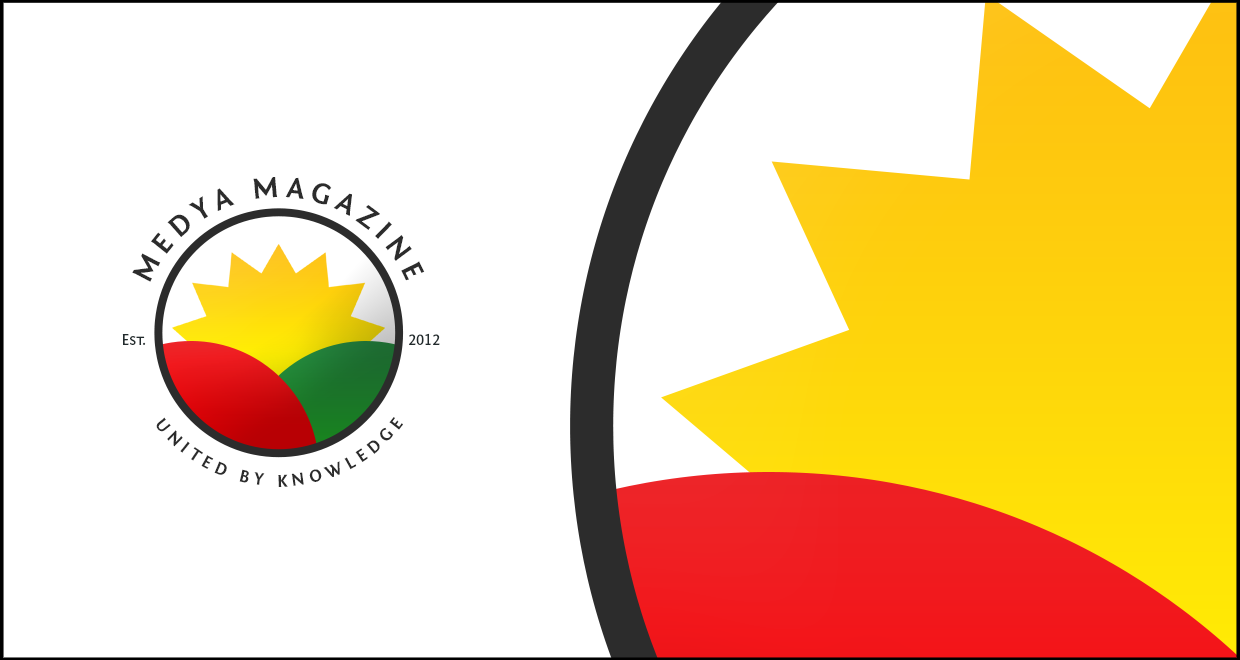Cancer covers a wide range of diseases, all which involve unregulated cell growth. Cancer is one of the leading causes of death and a disease which is of gradual increase all over the world. It also happens to be one of the deadliest diseases in the world yet without a cure. Due to the variation of different cancers finding cures proves to be a difficult task as the epidemiology of each cancer is different and each individual case is unique. There are, however, many treatments available to manage the disease at a relatively successful rate.
Up until very recently there have been no official reports or data collection on the increased risk of cancer in South Kurdistan. There have been reports and studies carried out highlighting the increased risk of cancer in Iraq but they failed to cover the Kurdistan region. However, in 2011 a report produced by several different scientists and doctors, Othman et.al published in the Asian Pacific Journal of cancer prevention, aimed to determine the cancer incidences and identify possible risk of cancer in South Kurdistan specifically.
In a country subject to endless war, chemical attacks resulting in genocide of millions and long lasting, lifetime effects on survivors, it’s a wander it has taken so long for a report on the issue of increased cancer risk in the region to be produced. The report also mentions that a shift towards a western lifestyle and dietary habits may also contribute to increased cancer risk.
There is no national cancer registry in Iraq or South Kurdistan but depending on local resources patients are tried to be registered as new cancer patients are identified. Cancer registries from 9 different hospitals in Slemani, Hewler, and Duhok were used as a source of data. Data was collected over three years and a staggering increase of cases is visible, with 1444, 2081 and 2356 cases reported over 2007, 2008 and 2009 respectively.
The report shows that stomach and skin cancers where amongst the most common in Kurdish males, while breast cancer followed by skin and stomach cancers where reported to be the most common in females. With hematological cancers (a cancer which effects blood or bone marrow, for example leukemia or lymphoma) accounted for 21.3% of all cancers in males and 18.8% of females were reported with breast cancers, showing the highest figure of the type of cancer amongst the two genders.
Probably the most interesting point which the report demonstrates with its figures is that in comparison to all the countries in Asia, including Iraq, South Kurdistan has the highest rate of Hematological malignancy (WHO, 2008). Although interesting, this discovery is not at all surprising given the recent history of South Kurdistan and its contact with chemical bombardment during the war.
It seems as though the health ministry in the Kurdistan Regional government have taken necessary steps to make sure cancer patients have certain facilities available to them in the larger cities of Kurdistan. Dr Karzan Abdullah a specialist in Hewler stated that they have a specialised tertiary hospital called Nanakaly for the purpose of treating Cancer patients with good service. The very large Rizgari Hospital in Hewler also has a specialised department for treating solid tumours. I believe that similar facilities exist in Slemani and Duhok but was unable to confirm with any interviews.
There are some limitations of both the report released on the increasing risk of cancer and the services provided in Kurdistan for cancer patients. Although the report differentiates between genders it does not give any indication of differences between ages. It has been scientifically shown that cancers such as Leukemia, which is a haematological malignancy, are more prevalent in children or young adults. So is the large number of cancer patients with hematological malignancy in Kurdistan under the age of 25? If this was determined in a similar report the basis of providing solid and improved cancer treatment would prove to be more effective. Researchers interested in cancer rates in Kurdistan should defiantly strive to fill this gap in medical research to improve on the treatment of cancer patients.
I could not find any information on the major hospitals, or those with cancer clinic to include specialized units for children/young adults and separate ones for adults. The previous mentioned information would help determine which areas in Kurdistan are in need of age specialized cancer centers and which ages would benefit more from having specialized units for cancer treatment.
I believe this is an area which, fortunately, Kurdistan has already started to progress in with official reports, WHO backed data and Hospitals taking initiative to provide specialized care for cancer patients. However, as all things in Kurdistan, without demeaning the current progress, there is much need for improvement especially in this area due to the history of South Kurdistan with chemical warfare it is crucial that advances are implemented as early as possible.

